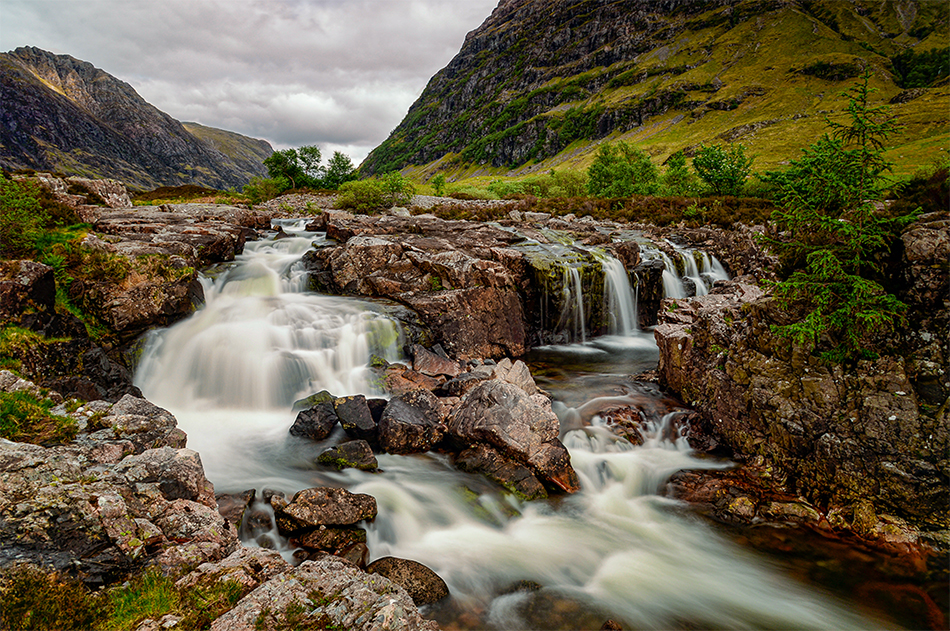
Today is the last day of our online advanced landscape class, and we had a lot of discussion about image sharpness. We have discussed everything from where to focus in the frame, subject matter and acuity, depth of field, chromatic aberration, diffraction and light affects on sharpness. I think one statement really got folks thinking in a different direction about sharpness:
“Less depth of field can produce more sharpness”.
That statement almost feels contradictory. Doesn’t having more depth of field equate to more things in focus in your photograph? Not necessarily. The equalizer here is lens diffraction, which occurs when you use small apertures like F16 or F22. F16 might give you more depth of field, but the edges and corners in your image may go slightly soft due to diffraction. Diffraction occurs when light is forced through a very small opening which interferes with the waves of light. This effect limits total resolution in our photographs.
Two things are important here. First, look up an MTF chart for your favorite landscape lens and see how it performs at F16, and where it performs the best. On my 20mm lens I get excellent sharpness at F8 across the frame, much better than at F16. At this small aperture diffraction really affects sharpness. Second, the big decision in the field is just how close is your foreground and what aperture do you really need. My 20mm at F8 has depth of field and sharpness from about three feet to infinity. So if my foreground is three or further away, I am good to go…there is no reason to use F11 of F16 in this image. I get a sharper image using a wider aperture and less depth of field.
Photography is a mix of technical and creative aspects. Image sharpness and depth of field falls into the technical category, but is very important with all types of photography.